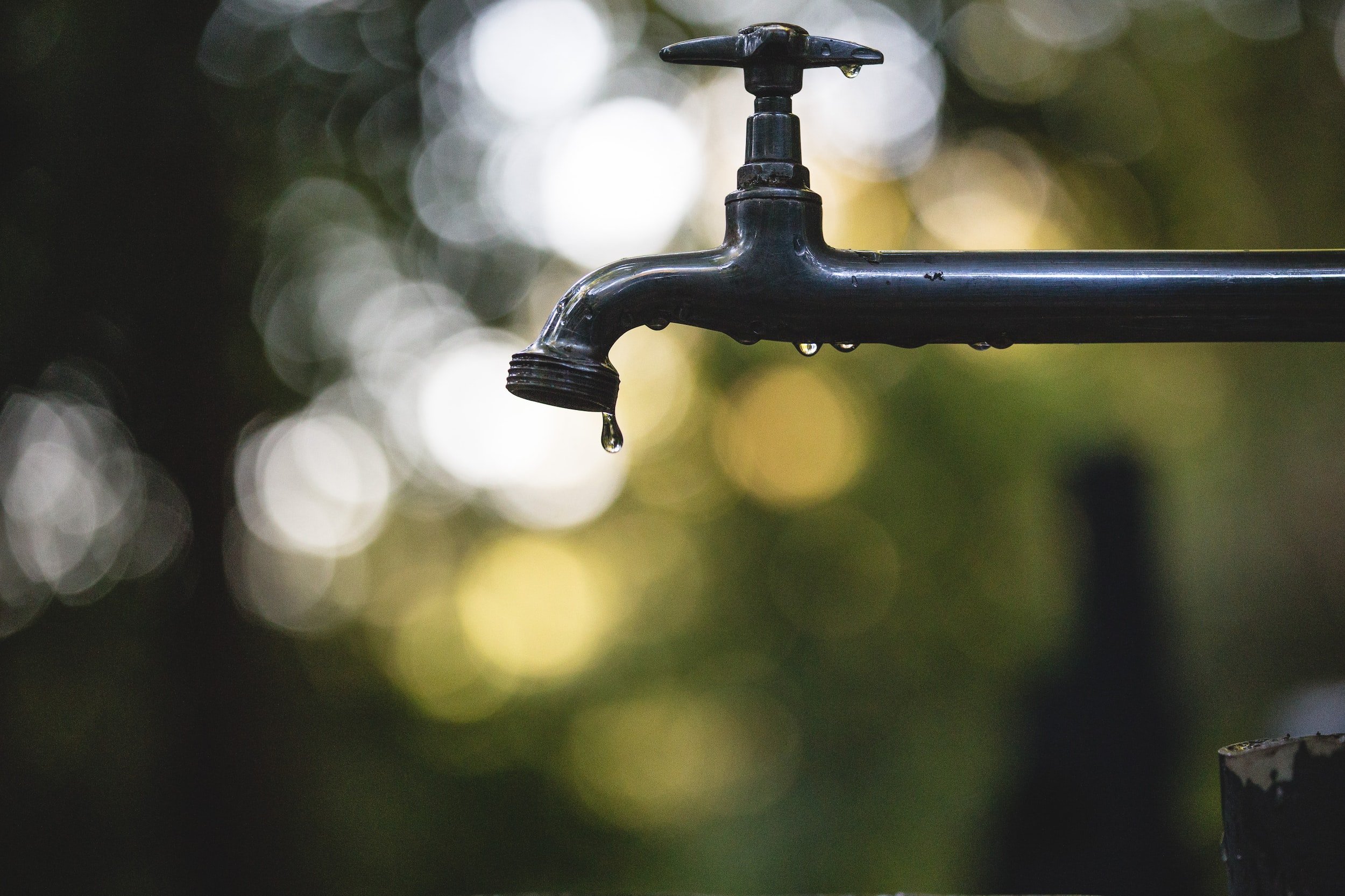
Water rights
All waters in Utah are public property, and therefore are owned by the State. A “water right” is a right to divert (remove from its natural source) and beneficially use water. Elements of a typical water right will include:
A defined nature and extent of beneficial use
A priority date
A defined quantity of water allowed for diversion, generally by volume(acre-feet), but can also be quantified by flow rate (cfs)
A specified point of diversion and source of water
A specified place of beneficial use
What to know
A water right is considered to be real property in Utah, and as such is very similar to land in how it is transferred. When a search is performed, water rights can be transferred via a “water deed” or “water right deed,” which is essentially the same as a standard grant/warranty deed when dealing with land. Water rights can also be transferred along with land by means of a “water addendum to land deed.” If a simple transfer of the water right is desired, a “Report of Water Right Conveyance” (ROC) can be prepared, which acts as a simple means of transferring water rights, similar to a quitclaim deed. Once executed, the ROC is submitted to the Utah Division of Water Rights, at which point they will update their records to reflect the transfer.
In some instances, water is owned as a “share of water in X Water Company.” These “shares” of water can differ in amount, and in many cases are definitively associated with the land, transferred automatically along with the property and unable to be transferred separately.
Being that title to actual water rights is transferred in a similar manner to land, title to water can also be clouded by liens and/or other encumbrances. As such, it is always best practice to have a title company perform a search of the title to a water right and insure the transfer. While we would always advise that a transfer be insured, the search and insurance are not required. We can accommodate these transfers in cases where title insurance is desired or when the water will be transferred along with a piece of land. However, if a simple ROC is desired, we are not able to perform the transaction.
When performing a water right transfer, there are four key pieces of information needed:
The name of the grantor (exactly as title was received)
The name of the grantee
The Water Right #
The quantity of water being transferred
Priority Dates
One of the most crucial pieces of information regarding any water right is the priority date. It’s important to remember that what’s being transferred is merely a right to use the water, not ownership in the water itself. The State of Utah may reclaim these rights at any time depending on circumstances with drought/water shortage or other similar factors.
According to the Doctrine of Prior Appropriation, a fundamental principal that was later sanctioned into law, those holding water rights with the earliest priority dates and who have continued beneficial use of said water rights have the right to water from a certain source before others with water rights of later priority dates. When reclaiming water rights for State use, the State will first look at the priority date, or the date that the water right was first established. Also following the Doctrine of Prior Appropriation, the State will reclaim water rights of a later priority date before reclaiming rights of an earlier date.
When purchasing a Water Right – IMPORTANT!
Many people end up very disappointed with their water right purchase for one simple, yet often unknown, overlooked or forgotten reason – the inability of the water right to be diverted to/used on a particular piece of land. A common misconception is that one need only purchase a water right, and that gives them the right to drill a well and begin using the water; however, that is not the case. One of the most important things a potential buyer of a water right should do as a part of their due diligence is to check with the Division of Water Rights to ensure that a given water right can be used at the intended location.
